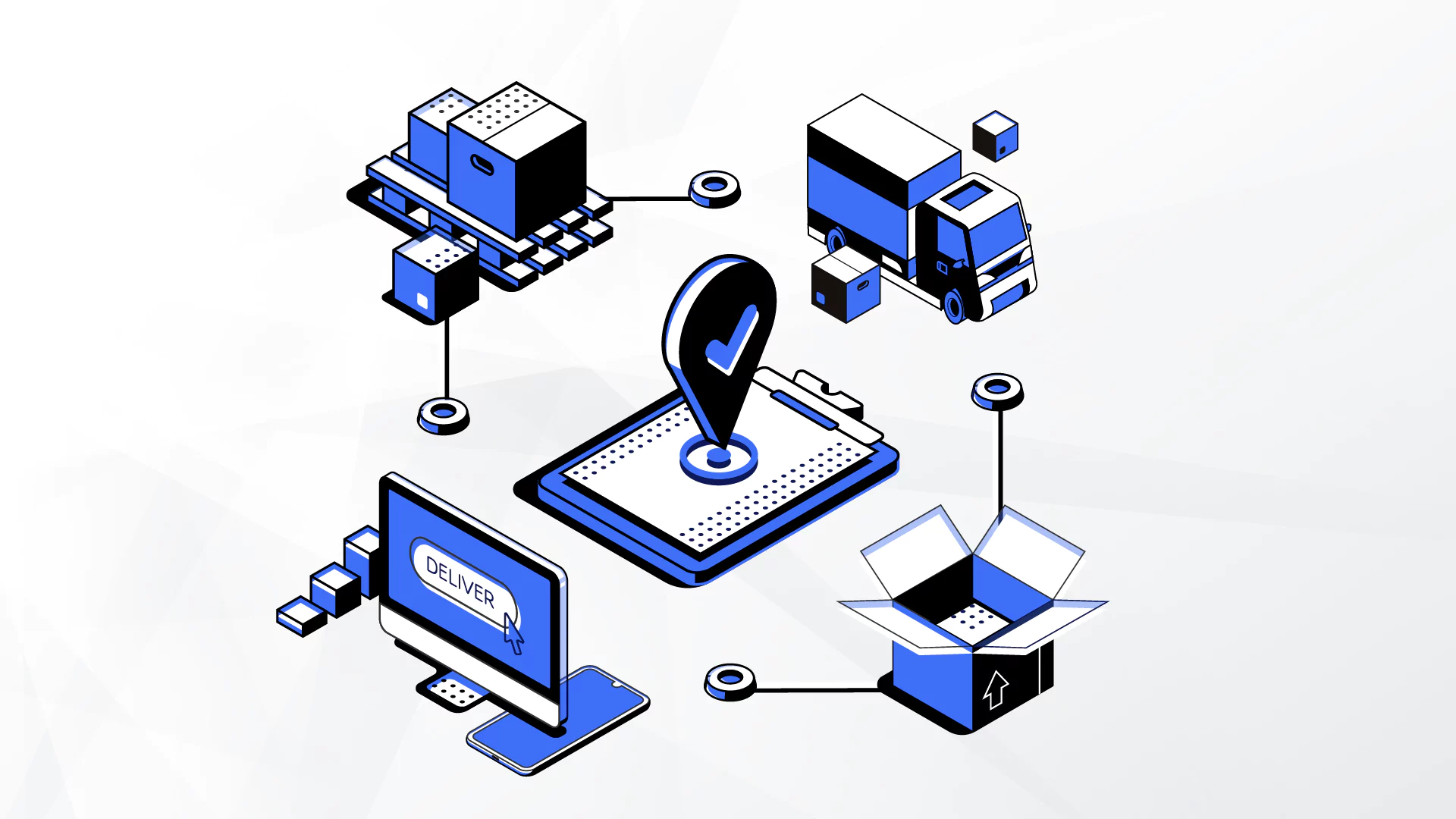The long-term financial trajectory for the U.S. Transportation Management Systems market is exceptionally strong, a trend that is best understood through its powerful and sustained Compound Annual Growth Rate. An in-depth analysis of the US Transportation Management Systems Market CAGR (Compound Annual Growth Rate) indicates a period of robust, high-single-digit or even low-double-digit expansion, positioning it as a strategically vital and consistently high-performing segment of the entire enterprise software and supply chain technology landscape. This impressive CAGR is not the result of a temporary surge in logistics spending but is underpinned by the fundamental and irreversible nature of the trends that are driving its adoption. The relentless growth of e-commerce (with its associated pressure for faster and more precise delivery), the increasing complexity of global and multi-modal supply chains, and the universal business imperative for both cost efficiency and supply chain resilience are not cyclical phenomena; they are long-term, structural, and secular shifts in the global economy. As long as these macro trends continue, the underlying demand for the sophisticated software that is required to manage this new reality will also continue to grow, providing a deep and unwavering foundation for the market's high and sustainable CAGR.
The strong CAGR is also directly fueled by the powerful and attractive economics of the modern, cloud-based, Software-as-a-Service (SaaS) business model that has come to dominate the industry. The growth is being driven by a profound shift away from the old world of on-premise, perpetual license software. The modern TMS market is dominated by highly scalable, multi-tenant, cloud-native platforms that are sold on a recurring subscription basis, typically priced based on the volume of freight spend being managed or the number of shipments. This SaaS model provides the software vendors with a highly predictable, stable, and profitable stream of recurring revenue, which is incredibly attractive to investors and allows for confident, long-term reinvestment in product innovation and market expansion. For the customers, it transforms a huge capital expense into a more manageable and scalable operational expense. The mission-critical nature of the TMS, which is the operational heart of a company's logistics department, also creates a very high degree of customer "stickiness," making it very difficult and disruptive to switch to a competitor. This powerful and mutually beneficial financial model is a key factor that fuels the high compound annual growth of the market.
Furthermore, the market’s impressive CAGR is built upon the continuous and rapid infusion of artificial intelligence (AI) and machine learning (ML) into the core of the TMS platform. The growth is no longer just about automating the basic transactional workflows; it is about making the entire transportation process more intelligent, predictive, and self-optimizing. Modern TMS platforms are now being embedded with a host of powerful AI capabilities. This includes the use of machine learning to generate far more accurate and reliable estimated times of arrival (ETAs) by analyzing a vast array of real-time variables, from traffic and weather to historical carrier performance. It includes the use of AI-powered optimization engines that can solve the incredibly complex, real-world challenges of dynamic, multi-stop route planning. It also includes the use of AI to provide predictive insights into which shipments are at the highest risk of being delayed, allowing planners to proactively intervene. This transformation of the TMS from a passive "system of record" to a proactive and intelligent "system of optimization" is a key factor that is increasing the value proposition of the software and sustaining the strong, long-term CAGR projected for the industry.
Top Trending Reports -

